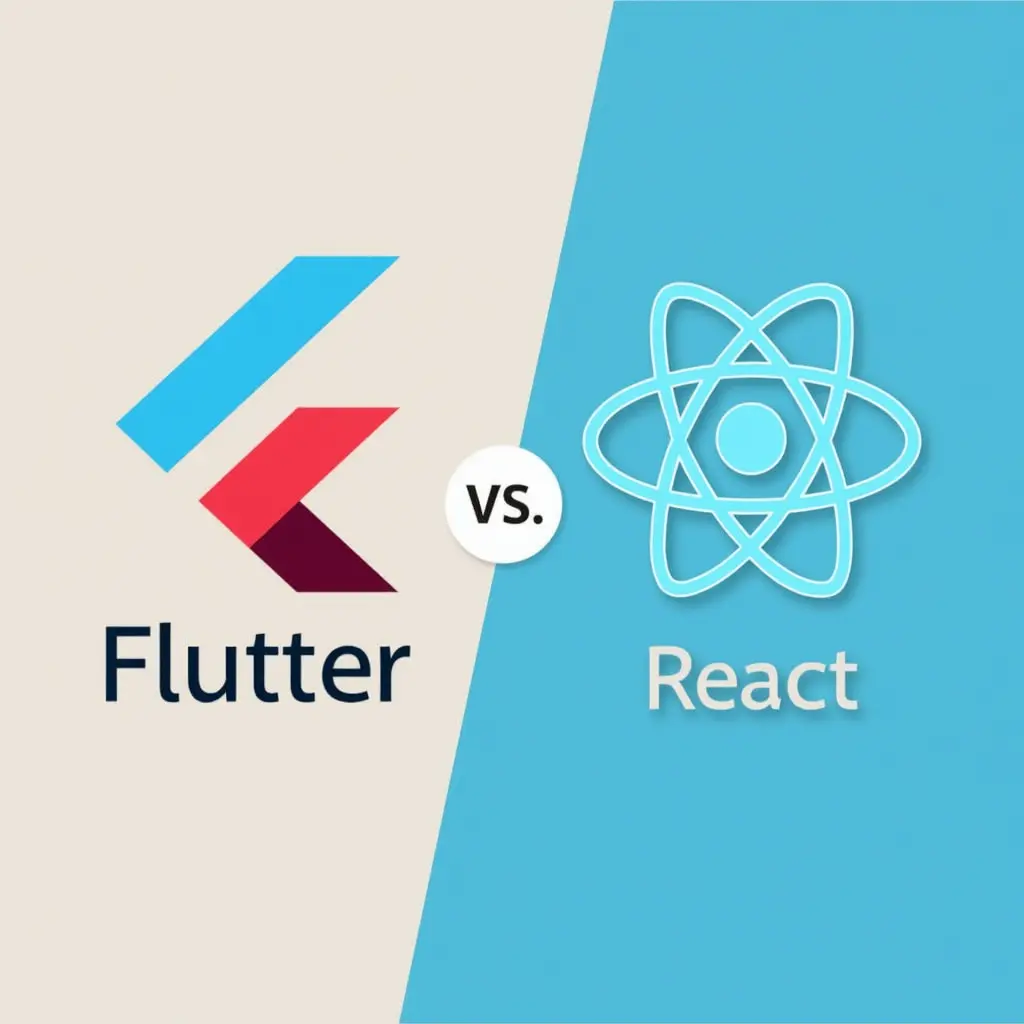
Cross-platform mobile app development has gained immense popularity in recent years, with Flutter and React Native emerging as two of the most popular frameworks in the field. Both platforms promise faster development cycles, a single codebase for multiple platforms, and cost efficiency. However, developers often find themselves fiercely loyal to one over the other in the Flutter vs React Native debate.
The Flutter Fandom: The Google-Powered Revolution
Flutter, backed by Google, has won over developers with its promise of expressive UI, high performance, and a strong ecosystem. Here’s why Flutter enthusiasts swear by it:
1. Native-Like Performance
Flutter’s use of the Dart programming language and its own rendering engine (Skia) ensures performance that’s close to native. The absence of a JavaScript bridge means smoother animations and faster load times.
2. Hot Reload for Developer Delight
One of Flutter’s most celebrated features is Hot Reload, allowing developers to see code changes instantly. This speeds up the development process and enables a more interactive way to build UI.
3. Consistent UI Across Platforms
Flutter provides a single codebase that renders consistently across iOS, Android, and even the web. The widgets are inherently customizable, enabling developers to achieve pixel-perfect designs.
4. Expanding Ecosystem
Google has actively supported Flutter, making it compatible with emerging platforms like Fuchsia. Flutter’s popularity is also evident in its growing library of third-party packages and plugins.
But wait…
Critics argue that Flutter’s reliance on Dart creates a steep learning curve for developers unfamiliar with the language. Additionally, Flutter apps can have larger file sizes due to their embedded rendering engine, which could be a concern for some projects.
The React Native Loyalists: The Facebook-Driven Workhorse
React Native, developed by Facebook, has been a staple in cross-platform development since its launch. With its roots in JavaScript, React Native has created a stronghold among developers. Here’s why it continues to dominate:
1. Familiarity with JavaScript
React Native’s use of JavaScript makes it an attractive option for developers with web development experience. Combined with React’s component-based architecture, it offers an easier learning curve for many.
2. Vast Ecosystem
Being one of the earlier entrants in cross-platform development, React Native benefits from a mature ecosystem. From libraries to community-driven plugins, developers have a wealth of resources to rely on.
3. Native Modules and Community Support
React Native allows developers to write native modules in Java or Swift/Objective-C, giving them the flexibility to achieve platform-specific functionalities. Moreover, its large community ensures extensive documentation and support.
4. Proven Track Record
Apps like Instagram, Facebook, and Airbnb have leveraged React Native, proving its capability to handle large-scale applications.
However…
The JavaScript bridge—which enables communication between native components and JavaScript—can introduce performance bottlenecks. Developers have also noted challenges with debugging and updating dependencies in larger projects.
The Debate: Flutter vs React Native
Now that we’ve laid out the case for both frameworks, here are some thought-provoking questions to trigger justification from developers on both sides:
- Performance and Architecture: Is Flutter’s use of Dart and its native rendering engine worth the trade-off of larger app sizes, or does React Native’s JavaScript bridge strike a better balance?
- Ecosystem Maturity: Does React Native’s head start and vast ecosystem outweigh Flutter’s rapidly growing community and Google’s backing?
- Learning Curve: Should developers invest time in learning Dart for Flutter, or does React Native’s JavaScript make it more accessible?
- Future-Readiness: With Flutter expanding into web, desktop, and even embedded platforms, does React Native risk being left behind?
- UI Customization: Flutter’s built-in widgets offer unparalleled design flexibility, but does React Native’s reliance on native components ensure a more “native” feel?
So which do you prefer?
Which side are you on? Do you champion Flutter’s innovative approach, or do you trust the battle-tested reliability of React Native? Discover the strengths, challenges, and future potential of both platforms in this ultimate debate for cross-platform supremacy. Share your experiences, justify your choice, and let the debate rage on—because at the end of the day, the right framework might just depend on your specific needs as a developer.
Related Posts:
Creating a Dynamic YouTube Video List Using Flutter and YouTube Player
